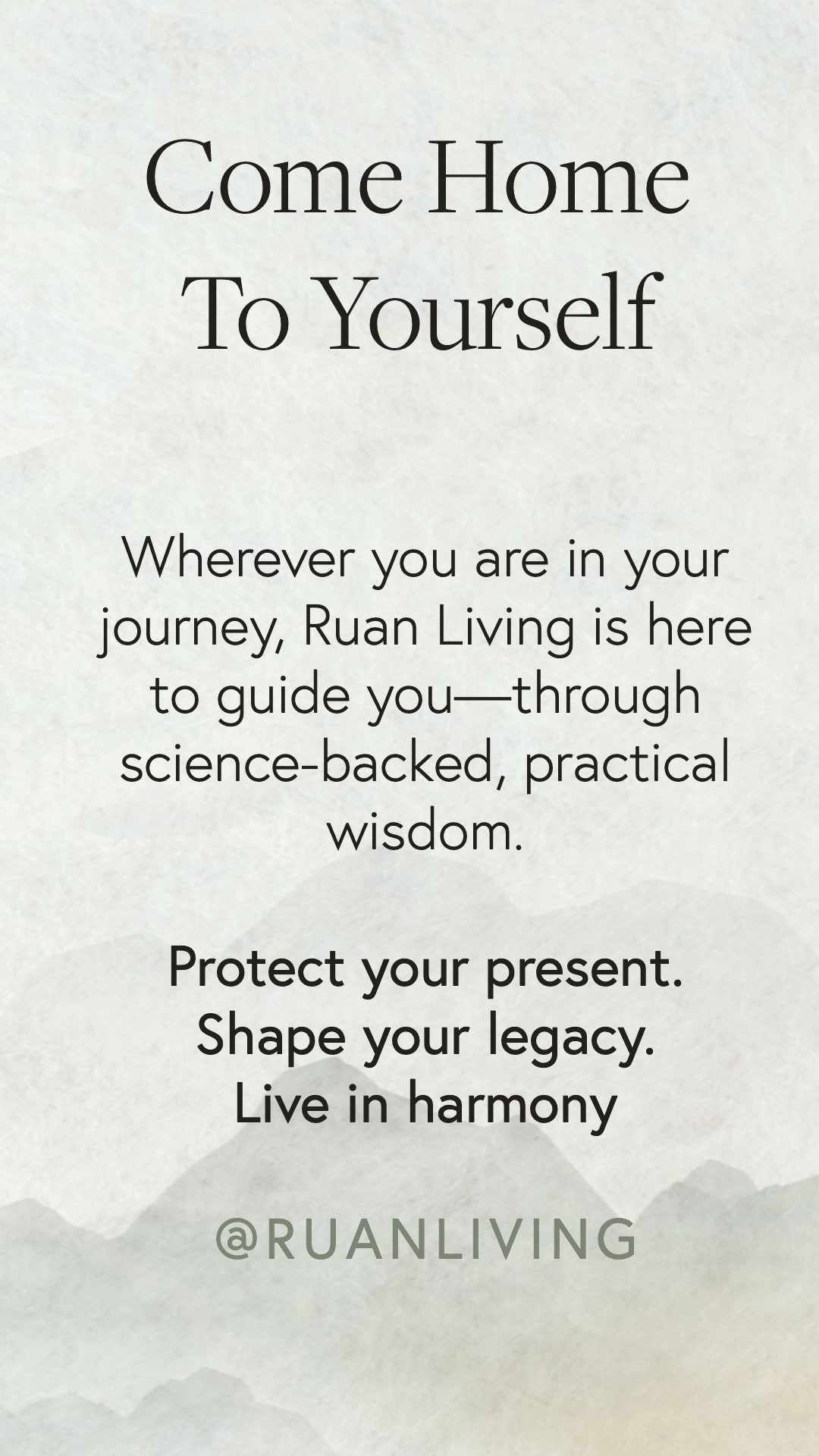
Natural Rubber Products – Is it for me?
Dec 26, 2017by Angela Cummings and Sophia Ruan Gushée
What do pacifiers, mattresses and carpets have in common? They are often made from natural rubber materials. Natural rubber is one of the materials widely accepted as being a healthier material. Prior to World War II, natural rubber was more widely available and used to make footwear, clothing, and other products. (1)
What is natural rubber?
Natural rubber, as its name indicates, is made from a natural product. It’s a plant based material that comes from a tree. Similar to tapping trees to collect maple, workers tap trees to collect latex. That latex is used to make natural rubber.(2)
Natural latex and rubber was widely used in cushions, mattresses and other cushiony products until the creation of polyurethane foam and polyvinyl chloride (PVC). Manufacturers were able to make polyurethane foam and PVC lighter and cheaper than natural latex, and started producing a synthetic rubber made from oil byproducts. (3) PVC and polyurethane foam became replacements for natural rubber products. (4) Unfortunately, there were unforeseen health effects associated with polyurethane foam, synthetic latex, and PVC materials.
Fast forward to today, natural rubber is back in the spotlight gaining popularity again, as a healthier nontoxic material.
Why choose natural rubber?
Companies have been able to make polyurethane foam and synthetic rubber cheaper than natural rubber products. However, the materials are made from a host of chemicals. For starters, polyurethane foam and synthetic rubber are made from oil byproducts. Ingredients include two chemical categories that are listed as Hazardous Air Pollutants (HAPs) and have been found to cause health conditions – VOCs and solvents. (5) What type of health conditions are we talking about? Mental illness, depression, fatigue, chest tightness, asthma, cancer, liver and kidney damage, central nervous system damage and more.(6) (7)
Natural rubber has far fewer VOCs, is durable, elastic, naturally antibacterial and provides excellent support by keeping its shape and firmness for years. It eliminates the need for metal, and therefore does not have materials that could attract or create electric fields. And, it regulates heat and moisture by allowing for good air circulation.(8)
Natural rubber or natural latex can contain VOC chemicals that are added during processing. Ask for zero-VOC natural rubber products.(9)
What type of products could have natural rubber options?
Natural rubber can be found in obvious places and those you may not expect. It can be found in cushions, mattresses, pillows, rug backing, shoes, bath mats, and pacifiers for newborns and toddlers. Clothing such as rain boots or coats (10) or clothes that have stretch to them such as socks and underwear can contain natural rubber or natural latex.
Here’s the challenge with identifying which products are truly made with natural rubber. Products can be labeled as “latex” or “made from natural rubber” but there is not a legal or standard definition for what that means. So products labeled as latex could be made of synthetic latex instead of natural latex. And products labeled as “made from natural rubber” could contain 10 percent natural rubber and 90 percent synthetic rubber.(11)
How do you get around this problem? Ask questions. Specifically, ask if the product is made with 100 percent natural organic latex. (12) Manufacturers and retailers many times have access to product information that isn’t advertised to consumers. In my personal experience, I’ve found that the more health conscious stores have been more helpful in knowing what ingredients are in the products that they sell. However, it seems that even traditional stores are becoming more aware of product ingredients than ever before.
What if I’m concerned about latex allergies?
If you or people around you have a latex allergy, talk to your doctor about allergies to natural rubber before purchasing products. According to the U.S. Center for Disease Control, it is possible that an allergy to natural rubber could occur. (13)
Whether looking for products to wear, install, or use, consider choosing items made from natural rubber or natural latex instead of polyurethane foam, synthetic rubber or PVC. Be sure to ask if the products are made from 100 percent organic natural latex, even if the label states that it is made from natural rubber, to make sure that no synthetic latex is included.

For more information about natural rubber and other healthier products, enroll in the D-Tox Academy to detox your home and life at a pace that’s comfortable for you.
The D-Tox Academy gives subscribers access to specific brands of products, and tips for how to use and maintain products. The academy includes short videos and check lists that are helpful when making healthier changes.
References
(2) Science
(3) (4) (5) (8) (11) A to Z of D-Toxing Works Cited Part 2
(6) Tox Town
(9) (10) (12) A to Z of D-Toxing Works Cited Parts 3 and 4
(13) CDC.gov
🎁 unlock your ULTIMATE HOME DETOX™ starter pack
Download the Ultimate Home Detox™ Starter Pack—your free set of practical, science-backed tools to begin reducing toxic exposures in your everyday life.
- Nontoxic Cleaning Guide
- Forever Chemicals Detox Starter
- EMF Detox Challenge
- Safe Cookware Starter Kit
- Kitchen Detox Checklist
- Fertility / Pregnancy / Children's Detox
Join 349,000+ people who’ve turned to Ruan Living for trusted, practical nontoxic guidance. These resources have helped thousands begin their journey toward a healthier home—and they’re yours, free.
GET YOUR ULTIMATE HOME DETOX™ STARTER PACK NOWWe hate SPAM. We will never sell your information, for any reason.



